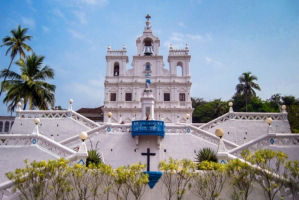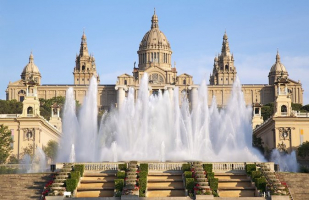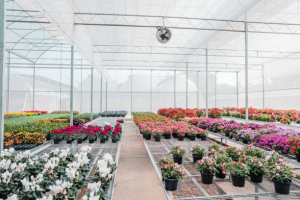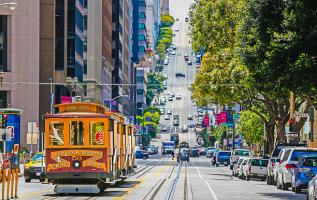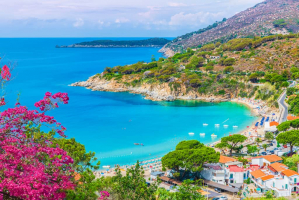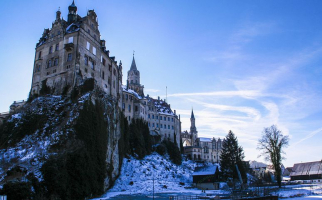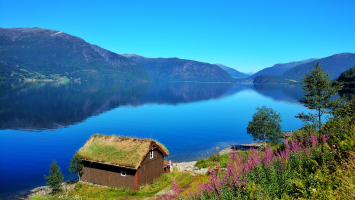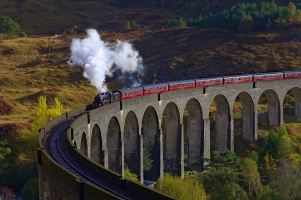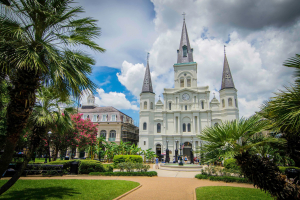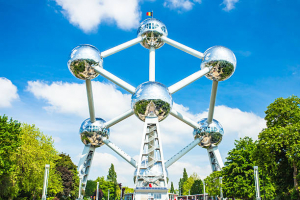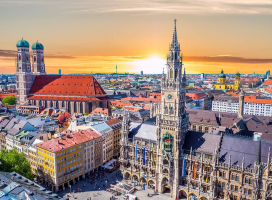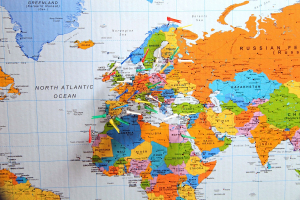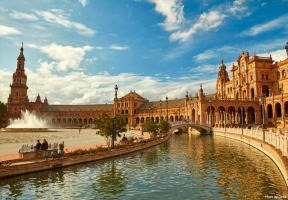Top 10 Most Beautiful Church in Europe
From the famous Notre Dame Cathedral to the Islamic center of Rijeka in Croatia, these are the ideal places to admire the architecture as well as learn about ... read more...the history and culture of Europe. Let's discover the list of famous churches in Europe with Toplist - Top 10 beautiful churches in Europe you should visit at least once in your life.
-
Sagrada Familia is the largest Catholic church in the Catalan region, Barcelona, a famous symbol of Spain with its unique Post-Modern architecture. This church has been a highlight for the travel of tourists when arriving in Barcelona.
The Sagrada Familia church was designed by the famous architect Antoni Gaudi (1852-1926). This is his greatest architectural art work. Many people think that the church - the great cathedral of Sagrada Familia deserves to be the 8th wonder of the world.
The most unique feature of the church is the 18 spiers shaped like a spinning top, the icons from low to high represent the 12 apostles, 4 evangelists, Mary and the highest tower, which is Jesus Christ (just built the foundation). At the top of the tower are the four evangelists with traditional symbolic sculptures: the ox representing Saint Luke, the phoenix representing Saint John, the lion representing Saint Mark and the winged man representing Saint Matthew. The tallest tower of Jesus with a height of up to 172 meters, on the tower there is a very large cross. Gaudi's wish was for his work to be the cathedral with the tallest tower in the world.
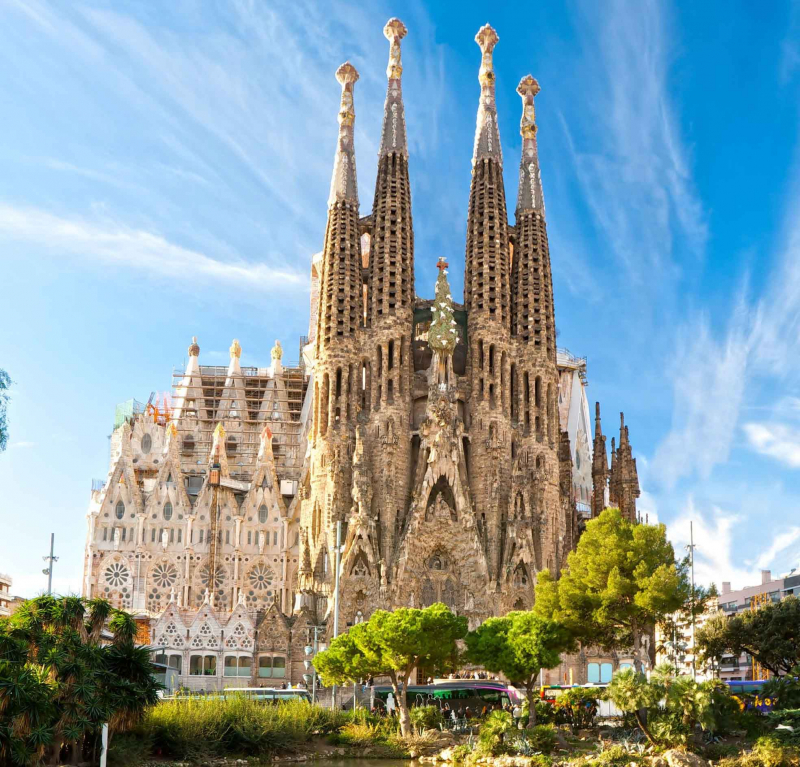
The Sagrada Familia church was designed by the famous architect Antoni Gaudi (1852-1926) Source: Designbuilding -
Santa Maria del Fiore, built by Arnolfo di Cambio, is the third church in the world (after San Pietro in Rome, San Paolo in London) and the largest in Europe at the time of its completion in the 15th century: it 153 meters long, 90 meters wide at the cross and 90 meters from the floor when opening the lantern. It, the third and last Florentine church, was given in 1412 to Santa Maria del Fiore with a clear reference to the lily, the city's symbol.
It rises above the second church, which the Florentine Christians had originally dedicated to Santa Reparata.
The remarkable difference of style revealed in its parts is evidence of the variation of taste over a long period of time elapsed from inception to perfection.
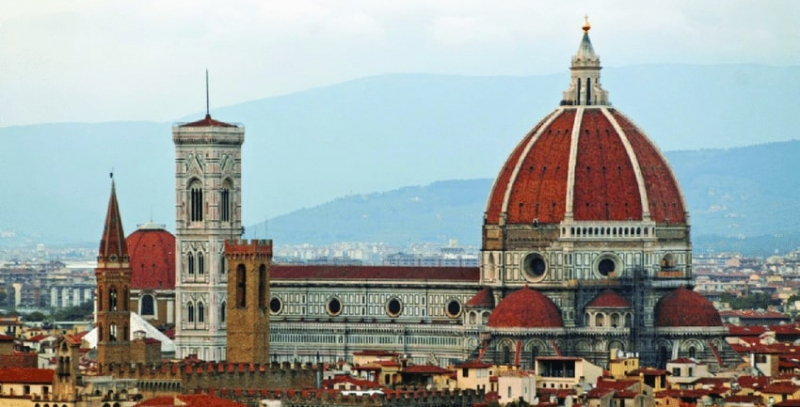
Santa Maria del Fiore, built by Arnolfo di Cambio, is the third church in the world and the largest in Europe at the time of its completion in the 15th century- Source: ResearchGate -
Notre Dame Cathedral is a cathedral, home to the episcopal throne of the Archdiocese of Paris, located on the island of Île de la Cité (between the Seine river) of the city of Paris, France. This is a Catholic church that epitomizes gothic architecture, but the creative use of the arched roof with flanks and flying buttresses, the windblown windows, and the giant colorful stained glass combine the The naturalness and abundance of sculptural decoration set it apart from earlier Roman architectural styles.
Construction of the church began in 1160 under Archbishop Maurice de Sully, with most of the work completed in 1260, although it underwent frequent renovations in later centuries. In the 1790s, Notre Dame was desecrated by the French Revolution; much of its religious image has been damaged or destroyed. In 1804, the church was the site of the coronation of Napoleon I as Emperor of France, and witnessed the baptism of Henri, Count of Chambord in 1821, and the funerals of several presidents of the third French Republic.
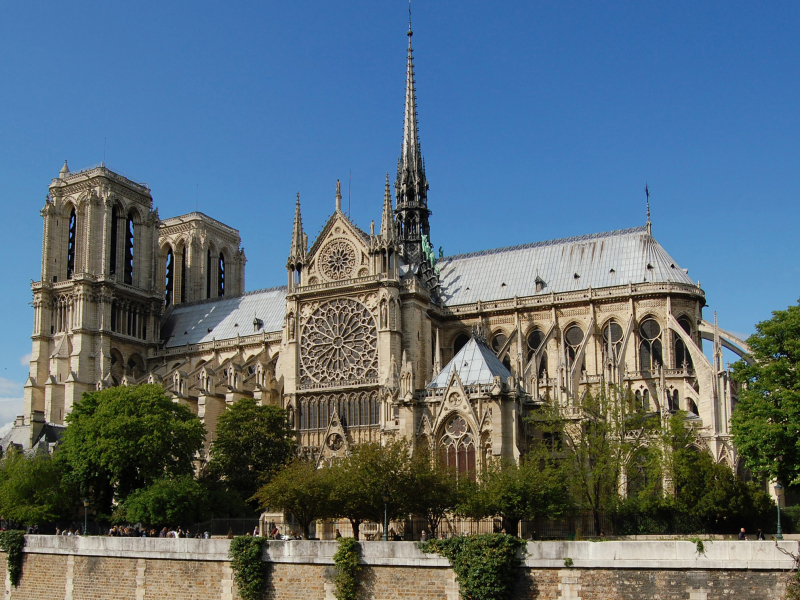
Notre Dame Cathedral is a cathedral, home to the episcopal throne of the Archdiocese of Paris- Source: Worldstrides -
Peter's Basilica is one of the four largest churches in the Vatican. The full name of this work is the Apostolic Basilica of Saint Peter.
Designed by architects Donato Bramante, Michelangelo, Carlo Maderno and Gian Lorenzo Bernini respectively, this basilica is the most famous masterpiece of Renaissance architecture and one of the largest churches in the world. While it is neither the mother church of the Roman Catholic Church nor the cathedral of the Diocese of Rome, Saint Peter's Basilica is considered one of the holiest cathedrals in Catholicism. The structure has been described as a cathedral that "holds a unique place in the Catholic world" and as "the greatest of the Catholic churches".
This cathedral is famous as a pilgrimage site and for liturgical purposes. The Pope performs a number of liturgies here every year, attracting between 15,000 and 80,000 people, gathered in the cathedral or St. Peter's Square directly in front.
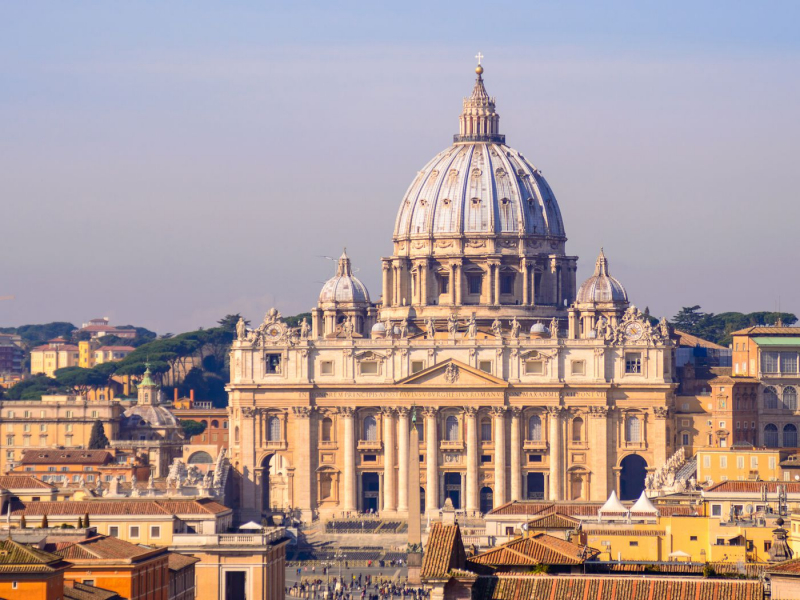
Saint Peter's Basilica is a church built in the Renaissance style located in Vatican City- Source: Deseret News -
Duomo di Milano is one of the most beautiful churches in the world and one of the most visited attractions in Milan, northern Italy.
It is also known as the Cathedral of Milan and tickets start at €3 and increase in price depending on how many areas of the church you want to explore. Here is a complete guide with information for visitors about opening hours, entrance fees, history and facts about the Duomo di Milano.
The entrance to Milan Cathedral is scheduled by time frame and visitors must choose a start time for their visit and arrive at the chosen time. Most tickets are valid for three days and grant one-time access to a specific area of the historic complex.
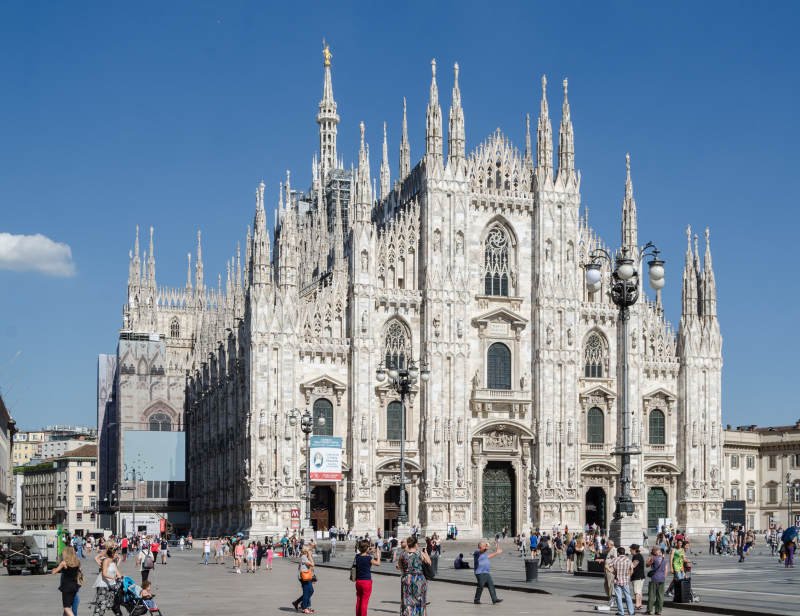
Duomo di Milano is one of the most beautiful churches in the world and one of the most visited attractions in Milan, northern Italy - Source: Wikimedia Commons -
St. Paul's Cathedral is a famous Anglican cathedral in England. This huge synagogue is located on Ludgate Hill, the highest point in the city of London. It has had the first church dedicated to St. Paul the Apostle since 604. The present building dates from the late 17th century, designed in the English Baroque style by architect Sir Christopher Wren. Completed during Wren's lifetime, as part of a major rebuilding program that took place in the city after the Great Fire of London 1666. There were actually five St. Paul and all are located on Ludgate Hill.
The cathedral is one of London's most famous and recognizable attractions, with its characteristic dome, 111 meters high and London's tallest structure for 300 years from 1710 to 1962, and a roof The dome of the church is also one of the tallest in the world. In terms of area, St. Paul's Cathedral is the second largest church in the United Kingdom and second only to Liverpool Cathedral.
Royal families normally hold weddings and funerals at Westminster Abbey, but Prince Charles and Princess Diana Spencer held their royal wedding here. St Paul's Cathedral is an active church, with hourly prayers and daily service.
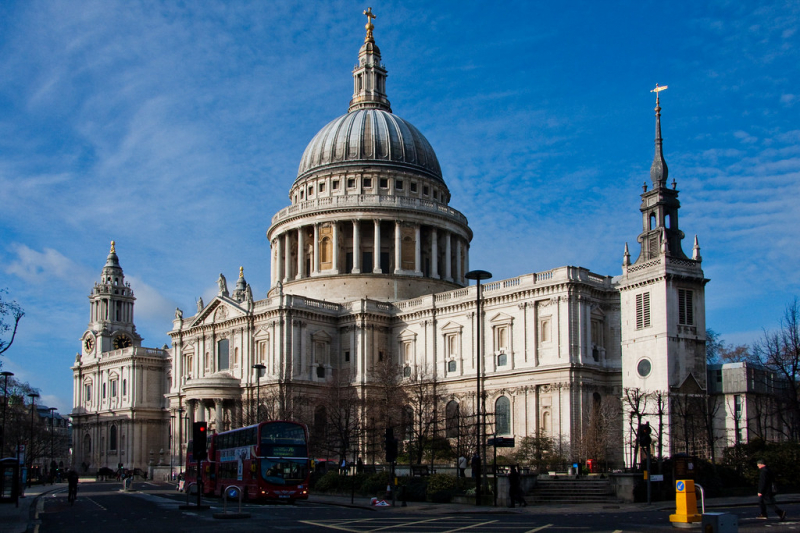
The cathedral is one of London's most famous and recognizable attractions- Source: Flickr -
St. Stephen's Cathedral is the mother church of the Roman Catholic Archdiocese of Vienna and the seat of the Archbishop of Vienna, Christoph Cardinal Schönborn, OP. The present-day Romanesque and Gothic form of the church, seen today at Stephansplatz, was largely initiated by Duke Rudolf IV (1339–1365) and sits on the ruins of two earlier churches, The parish's first church was consecrated in 1147. The most important religious building in Vienna, St. Stephen witnessed many important events in Habsburg and Austrian history.
St. Stephen's Cathedral is Vienna's main religious site, having long been an undeniable symbol of the capital and of Austria in general. The temple combines exterior and interior decoration of two architectural styles at once - Romanesque and Gothic, making it one of the most outstanding achievements of medieval architecture. In addition to the forms and reliefs of the building itself, St. Stephen also attracts many valuable artifacts, among which are preserved both old church features and outstanding works of art from the world.
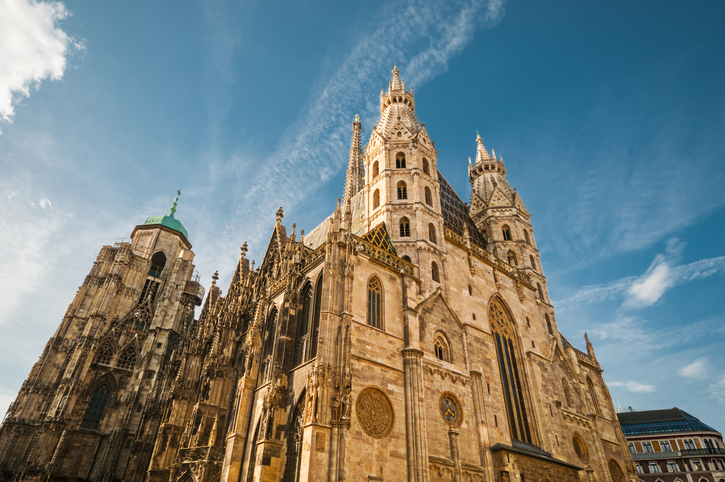
St. Stephen's Cathedral is the mother church of the Roman Catholic Archdiocese of Vienna and the seat of the Archbishop of Vienna- Source: Culture Trips -
The Basilica of Sacré-Cœur is a famous Catholic church in Paris. Located on the top of Montmartre hill, in the 18th arrondissement, the Sacré-Cœur church was built in the late 19th century, dedicated to the heart of Jesus. Sacré-Cœur means Sacred Heart.
The Basilica of the Sacred Heart of Montmartre is a must-see monument in Paris. Topped the Butte Montmartre, after Notre-Dame de Paris, the most visited religious building in Paris, attracting nearly 6 million visitors a year. Designed in the Romano Byzantine style and opened in the late 19th century, this monument attracts visitors from all over the world for its architecture and history. In 2005, Sacré-Cœur welcomed about 8 million visitors, standing above both the Eiffel Tower and the Louvre. The image of the famous church also appears in the works of art. Among them are the 1954 film Sabrina with Audrey Hepburn or Le fabuleux destin d'Amélie Poulain in 2001 with Audrey Tautou.
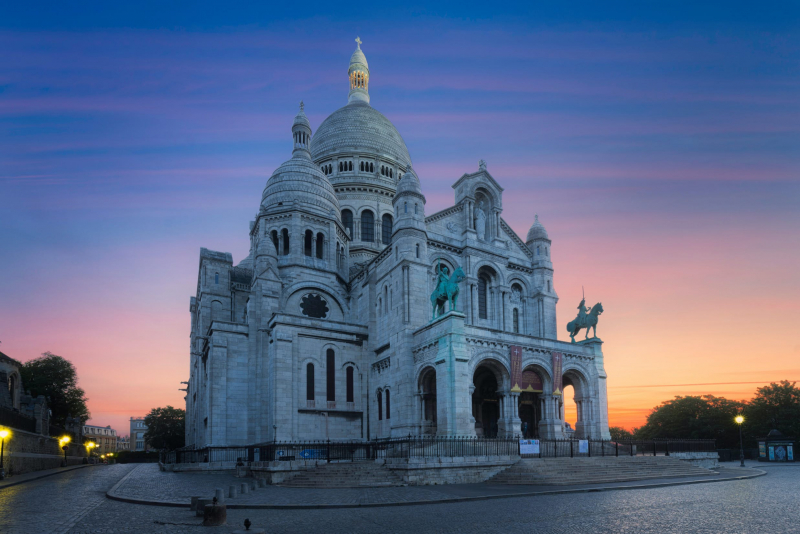
The Basilica of Sacré-Cœur is located atop the Montmartre butte, the highest point in the city- Source: lonelyplanet -
Westminster Abbey, officially the Collegiate Church of St Peter at Westminster, is a Gothic church in Westminster, London, located on the west side of the Palace Westminster. Since the 1066 coronations of King Harold and William I of England, all the kings and queens of England and the United Kingdom have been crowned at Westminster Abbey. It is also the burial place of many people in the British Royal Family and many other famous figures in British History. Along with the Palace of Westminster and Saint Margaret's Cathedral, Westminster Abbey was listed as a UNESCO World Heritage Site in 1987.
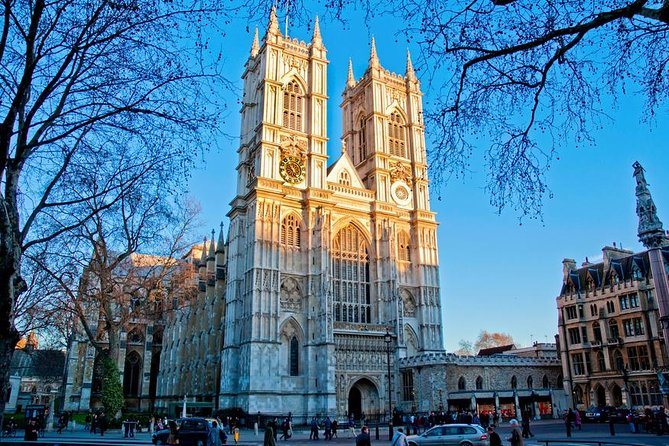
Westminster Abbey is a Gothic church in Westminster, London, located on the west side of the Palace Westminster- Source: KVBro -
Jerónimos Monastery is a former monastery of the Hieronymites near the Tagus River in the parish of Belém, Lisbon, Portugal. It became a non-religious building on December 28, 1833 by State decree, and ownership of it was transferred to the charity Real Casa Pia de Lisboa. The abbey is one of the most prominent examples of Portuguese Manueline late Gothic architecture in Lisbon. It was declared a UNESCO World Heritage Site along with the nearby Belém Tower in 1983.
The Jerónimos Monastery sits on a church formerly dedicated to Santa Maria de Belém and is where the monks of the Order of Soldiers of Christ assist seafarers in transit in Lisbon. The harbor of Praia do Restelo was a favorable location for seafarers as it provided a safe anchorage and protection for ships from stormy winds, and a stop before entering the interior of the Tagus estuary. The present structure was completed by order of King Manuel I of Portugal (1469–1521) in 1495 as a final resting place for members of the house of Aviz in the belief that an Iberian kingdom will rule after his death.
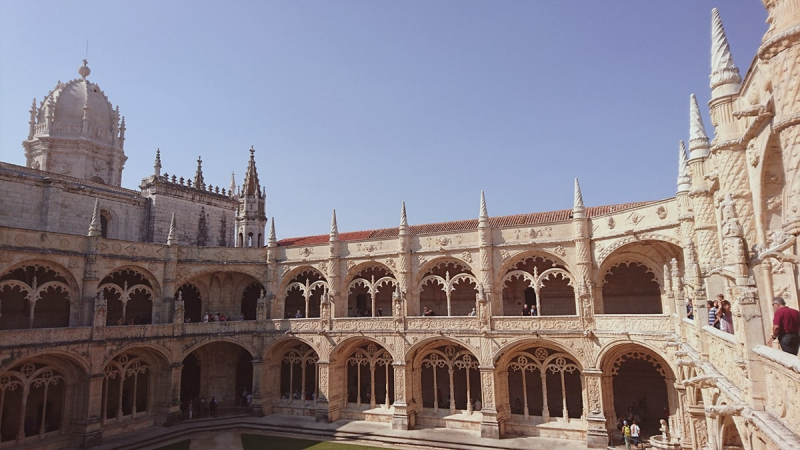
The Jerónimos Monastery was declared a UNESCO World Heritage Site along with the nearby Belém Tower in 1983.- Source: The Normadic Panda












